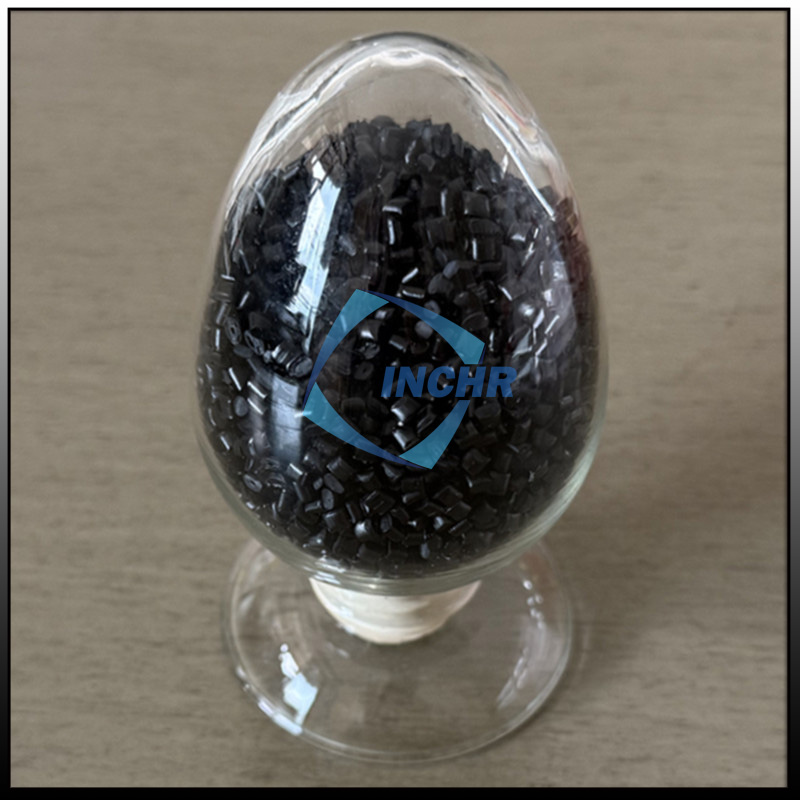Introduction: The Rise of a High-Performance Hybrid
In the quest for materials that push the boundaries of efficiency and durability, carbon fiber reinforced nylon (CFRN)has emerged as a frontrunner. Unlike conventional composites, CFRN uniquely bridges the gap between polymer flexibility and carbon fiber rigidity, offering engineers a versatile solution for today’s most demanding challenges. From electric vehicles to advanced robotics, this material is quietly revolutionizing how industries design and innovate.

The Science of CFRN: Beyond Basic Composites
CFRN’s crafted by embedding carbon fibers—either chopped or continuous—into a nylon polymer matrix (commonly PA6, PA66, or PA12). This fusion amplifies the base material’s properties, resulting in:
Exceptional Strength-to-Weight Ratio: 60% lighter than aluminum with comparable load-bearing capacity.
Heat Deflection Resistance: Stable up to 220°C (428°F), outperforming most engineering plastics.
Dynamic Fatigue Resistance: Ideal for components subjected to repetitive stress, such as gears or hinges.
What sets CFRN apart is its balanced anisotropy. Unlike metals, which are uniformly strong in all directions, CFRN’s strength can be tailored during manufacturing by aligning fibers to match stress patterns—a game-changer for custom applications.
3 Underexplored Advantages of Carbon Fiber Reinforced Nylon
1. Noise and Vibration Damping
CFRN’s inherent dampening properties reduce noise in high-friction applications. For example:
Automotive: Quieter transmission gears enhance driver comfort in EVs.
Industrial Robotics: Smoother operation of robotic arms in precision tasks.
2. Electromagnetic Interference (EMI) Shielding
Certain CFRN grades embedded with conductive carbon fibers block EMI, critical for:
Electronics: Protecting sensitive circuits in 5G devices and IoT sensors.
Medical Equipment: Ensuring accuracy in MRI-compatible tools.
3. Recyclability and Closed-Loop Potential
Innovators are developing methods to reclaim carbon fibers from CFRN waste, paving the way for:
Circular Manufacturing: Reprocessed CFRN in automotive trim or consumer goods.
Lower Carbon Footprint: Reducing reliance on virgin materials by 30–40%.
Pioneering Applications Redefining Industries
1. Medical Breakthroughs
Prosthetic Limbs: CFRN’s lightweight strength mimics natural bone density, improving mobility for amputees.
Surgical Robots: Sterilizable, precise tools that resist steam autoclave cycles.
2. Renewable Energy Innovations
Wind Turbine Blades: CFRN reduces blade weight, enabling taller turbines for higher energy capture.
Solar Panel Mounts: UV-resistant grades endure decades of outdoor exposure.
3. Sports Technology
Elite Cycling Gear: Custom 3D-printed bike frames optimize aerodynamics and rider ergonomics.
Mountaineering Equipment: Ice axes and carabiners that are 50% lighter yet unyielding under stress.
Case Study: Carbon Fiber Reinforced Nylon in Electric Aviation
Startups like Beta Technologies are leveraging CFRN for electric aircraft components:
Battery Enclosures: High heat resistance ensures safety in lithium-ion systems during rapid charging.
Landing Gear: Weight savings of 40% vs. aluminum, extending flight range by 15%.
This application underscores CFRN’s role in decarbonizing transportation—a market projected to grow 12% annually through 2030.
Choosing Carbon Fiber Reinforced Nylon: A Practical Guide
| Factor | Consideration |
|---|---|
| Fiber Orientation | Aligned fibers for directional strength vs. random for isotropic performance. |
| Moisture Absorption | PA12-CF (low absorption) for marine or humid environments. |
| Cost vs. Performance | 20% fiber content balances affordability and strength for most industrial uses. |
The Future: Bio-Based CFRN and AI-Driven Design
Emerging trends set to disrupt the market:
Bio-Nylon Matrices: Derived from castor beans, reducing reliance on fossil fuels.
Generative AI: Algorithms optimize fiber placement for bespoke stress resistance, slashing prototyping time by 70%.




